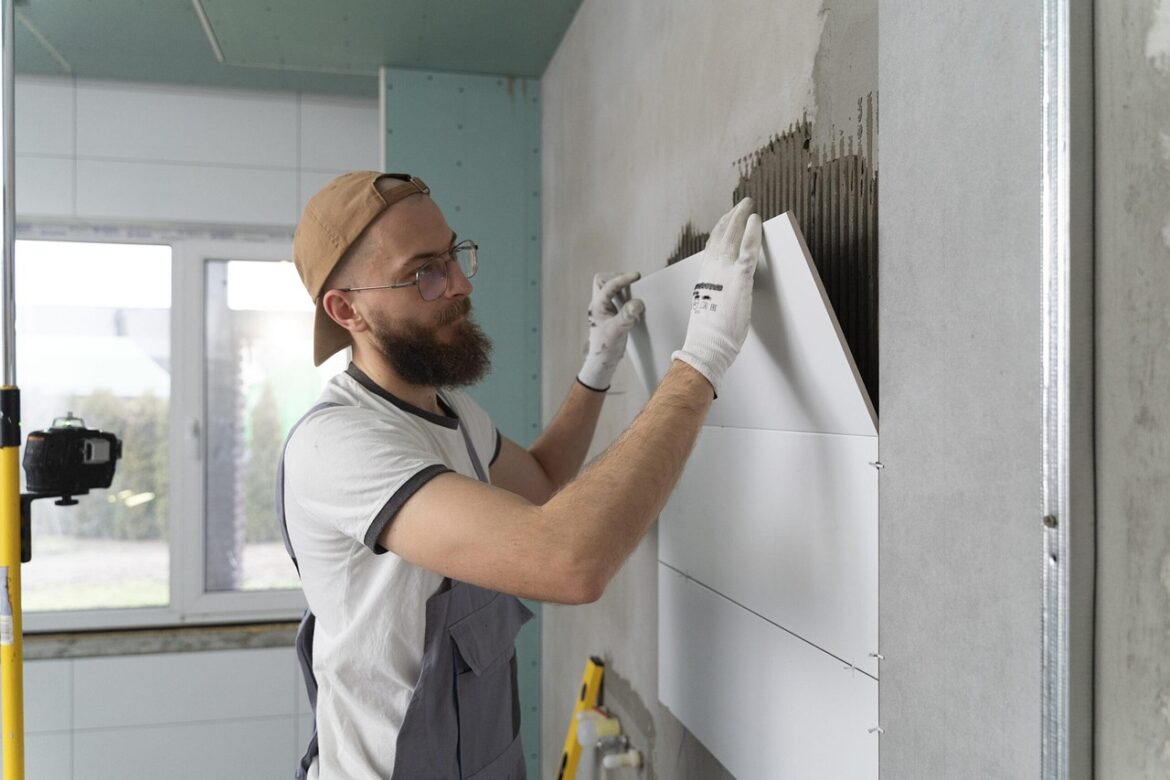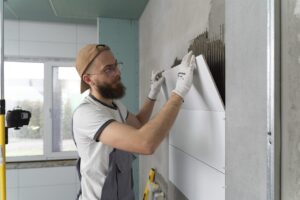Key Takeaways:
- Understand the importance of proper assessment before starting restoration.
- Learn essential steps for preparing different areas of your home.
- Explore how expert guidance can smooth the restoration process.
- Discover practical tips for post-restoration maintenance.
Table of Contents:
- Assessing Damage and Creating a Plan
- Decluttering and Cleaning
- Securing Your Home
- Consulting Professionals
- Handling Utilities
- Preparing for Structural Repairs
- Post-Restoration Care and Maintenance
Assessing Damage and Creating a Plan
Before diving into the restoration process, it’s crucial to assess your home’s damage correctly. This initial step is foundational, as it determines the scope and scale of the restoration project. Begin by carefully inspecting each affected area of your home. Take notes and photographs to document the extent of damage, which can be helpful for insurance purposes and when consulting with restoration professionals. Depending on the situation, damages may include water intrusion, mold growth, structural deterioration, or impacts from fire and smoke.
Once you understand the damage, create a detailed plan emphasizing priority areas. This plan should outline specific actions for repairs and highlight areas that require immediate attention. An organized approach will streamline the process and help you manage tasks efficiently.
Decluttering and Cleaning
Effective restoration starts with clearing out clutter and conducting a thorough cleaning. Begin by sorting through belongings to determine what can be salvaged, repaired, or discarded. This process helps clear the space but also aids in identifying hidden damages that may require attention. Valley Restoration and Construction emphasizes that cleaning the affected areas is equally important. Depending on the damage, this may involve removing soot or ash, drying out waterlogged sections, or eliminating mold. Use appropriate cleaning agents and protective gear to ensure safety. Decluttering and cleaning set a solid foundation for restoration work, making subsequent repairs and assessments more manageable.
Securing Your Home
Securing your home is a vital preparation step, particularly if structural damage has compromised its integrity. Ensure that windows, doors, and roofs are secure to prevent further exposure to the elements. In severe damage, temporary supports or coverings may be necessary until comprehensive repairs can be conducted.
Beyond physical security, consider how the rest of your property may be affected during the restoration process. Protect landscaping by covering delicate plants, and be mindful of any potential hazards, such as loose debris or exposed nails, that might pose a risk to occupants and workers alike.
Consulting Professionals
Engaging restoration professionals can provide expert guidance and improve the efficiency of the restoration process. Professionals offer specialized knowledge in dealing with various types of damage and can develop tailored solutions for your home’s unique needs. These experts ensure that repairs are done safely and up to code, providing peace of mind as you navigate the restoration journey.
When selecting professionals, seek recommendations and verify credentials to ensure you hire reputable and experienced companies or individuals. Clear communication with your chosen team will allow for effective collaboration and ensure all parties remain aligned throughout the project.
Handling Utilities
Proper management of utilities during restoration is crucial for both safety and efficiency. Before beginning restoration work, disconnect electrical power, gas, and water lines to affected areas to prevent accidents. This step is essential if structural integrity has been compromised, as it reduces the risk of fires, gas leaks, or flooding.
Once repairs are underway, consult with professionals to determine when it’s safe to reconnect utilities. Before returning your home to regular use, you must ensure your utility systems are adequately restored and inspected by licensed technicians.
Preparing for Structural Repairs
Structural repairs are critical components of many restoration projects, addressing the foundational and supportive elements of the home. Preparing for these repairs begins with a detailed inspection by structural engineers or qualified professionals who can accurately evaluate the extent of the damage. Typical issues may include weakening of the foundation, damaged load-bearing walls, or compromised roof structures.
Once evaluations are complete, prioritize repairs based on urgency and the overall impact on your home. In some cases, immediate reinforcement or temporary measures may be necessary to ensure safety until permanent solutions can be implemented. Maintaining clear communication with your structural professionals is essential for proper planning and execution of repair work.
Post-Restoration Care and Maintenance
The restoration process doesn’t end with the completion of repairs. Continuing to care for your home after restoration is necessary to ensure long-term resilience. Begin by regularly inspecting repaired areas and looking for new damage or deterioration signs.
Implementing preventative maintenance strategies, such as regular cleaning, sealing of surfaces, or ensuring proper ventilation, can mitigate future risks and preserve your home’s condition. Educate yourself about common pitfalls to avoid and stay informed about best practices in home maintenance to safeguard your investment.
Considering the scope of restoration work, post-restoration care is a vital step in maintaining the health and value of your property, protecting against future challenges, and providing a safe and comfortable living environment.

